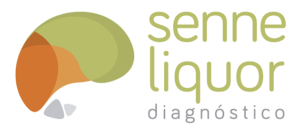The Third Edition of International Classification of Sleep Disorders (ICSD-3) suggested that the nocturnal sleep onset rapid movement sleep period (SOREMP) obtained in a full night polysomnography (PSG) may substitute for one of the two SOREMPs required to meet MSLT criteria, and added the levels of hypocretin-1 lower than <110 pg/mL as part of diagnostic criteria for narcolepsy type 1 and type 2. The hypocretin-1 level is the best option to identify candidates for new therapies.
However, the hypocretin-1 level in CSF is not available in most health services. On the other hand, identification of cataplexy and nocturnal SOREMP is not difficult. Questionnaires to identify cataplexy have been successfully used and nocturnal SOREMP can be easily identified.
The doctors studied the prevalence of nocturnal SOREMP in narcolepsy type 1 compared with type 2 in 91 adult patients [34 (37.36%) men; age 35.2 ± 14.6 years] in regular follow-up for more than six months. Narcolepsy type 1 (n ¼ 60) and type 2 (n ¼ 31) patients were defined according to standard criteria.
There was no difference in age, sex, mean sleep onset latencies, hallucinations report, sleep paralysis, disruptive sleep, and/or automatic behavior when compared with narcolepsy type 1 and type 2. The narcolepsy type 1 patients had lower level of CSF hypocretin-1, higher number of SOREMP, as well as greater prevalence of nocturnal SOREMP, and presence of cataplexy.
This study described higher prevalence of nocturnal SOREMP in narcolepsy patients type 1.



